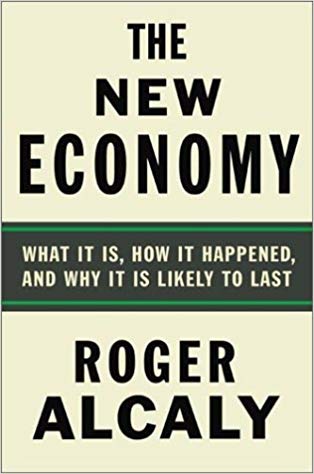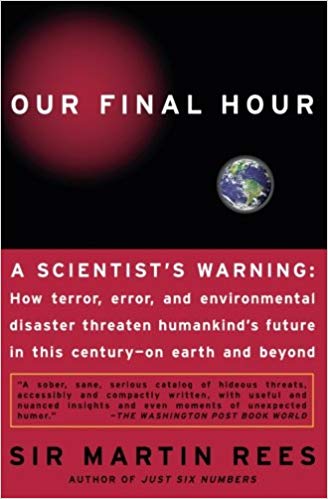Flaws In Forensic Science
Every issue explores cutting-edge developments in technology, medicine, education, climate change, and much more. Articles provide in-depth analyses of science and technology’s impact on public policy, the economy, and society—bringing today’s best minds to bear on tomorrow’s most critical topics.
Editor's Journal
Prime Time Science
Sometimes fantasy beats reality—at least on TV. For decades, the science community has been waiting for a popular TV program that features scientists as engaging dramatic characters and the work of science… Read More
From the Hill
From the Hill – Fall 2003
Big R&D spending increases slated for defense, homeland security Congress appears poised to substantially increase overall R&D spending for fiscal year (FY) 2004. However, virtually all of the increases would go for… Read More
Perspectives
Humanities for Policy—and a Policy for the Humanities
Since World War II, policymakers have increasingly viewed investments in knowledge as central to achieving societal goals—unless that knowledge is in the humanities. In 2003, less than 1 percent of the $100-billion… Read More
Real Numbers
University-Related Research Parks
University-Related Research Parks A university-related research park is a cluster of technology-based organizations (consisting primarily of private-sector research companies but also of selected federal and state research agencies and not-for-profit research foundations)… Read More
Features
The Limits of the Polygraph
Read MorePolygraphs, also known as lie detectors, are not as accurate as television suggests. Their use is problematic and courts should be skeptical.
Securing U.S. Radioactive Sources
The catastrophic attacks of September 11, 2001, and the anthrax mailings that took place shortly thereafter highlighted the nation’s vulnerability to unconventional forms of terrorism. One type of threat that has recently… Read MoreForging a Science-Based National Forest Fire Policy
Large, intense forest fires, along with their causes and their consequences, have become important political and social issues. In the United States, however, there is no comprehensive policy to deal with fire… Read MoreCrime Labs Need Improvement
In their examination of the criminal convictions of 62 men who were later exonerated by DNA evidence, Barry Scheck, Peter Neufeld, and Jim Dwyer concluded that a third of the cases involved… Read MoreFingerprints: Not a Gold Standard
In January 2002, Judge Louis Pollack made headlines with a surprising ruling on the admissibility of fingerprints. In United States v. Llera Plaza, the distinguished judge and former academic issued a… Read MoreOil in the Sea
“When it rains, it pours”—or so a motorist caught in a sudden storm might think while sliding into another vehicle. It is not merely the reduced visibility and the frenetic behavior of… Read MoreA House with No Foundation
Many of the forensic techniques used in courtroom proceedings, such as hair analysis, fingerprinting, the polygraph, and ballistics, rest on a foundation of very weak science, and virtually no rigorous research to… Read MoreAssessing Forensic Science
In Issues’ Summer 2002 issue, we had the opportunity to introduce this journal’s readers to several topics that raise complex questions at the intersection of science and the law. That issue… Read More
Book Reviews

New Economy Lite
Roger Alcaly’s title overpromises. Despite this, the book contains a useful introduction for a lay reader to a set of topics that academic economists interested in the interaction between high technology and… Read More
End of the world?
The lights in my office at the University of Maryland blinked once and then went out. It was 4:11 p.m. on Thursday, August 14. The Great Blackout of 2003 had just turned… Read More
Archives – Fall 2003
President Kennedy at NAS Centennial In October 1963, the National Academy of Sciences (NAS) held a centennial celebration to observe its 1863 founding. Four days of scientific sessions and events were highlighted… Read More
